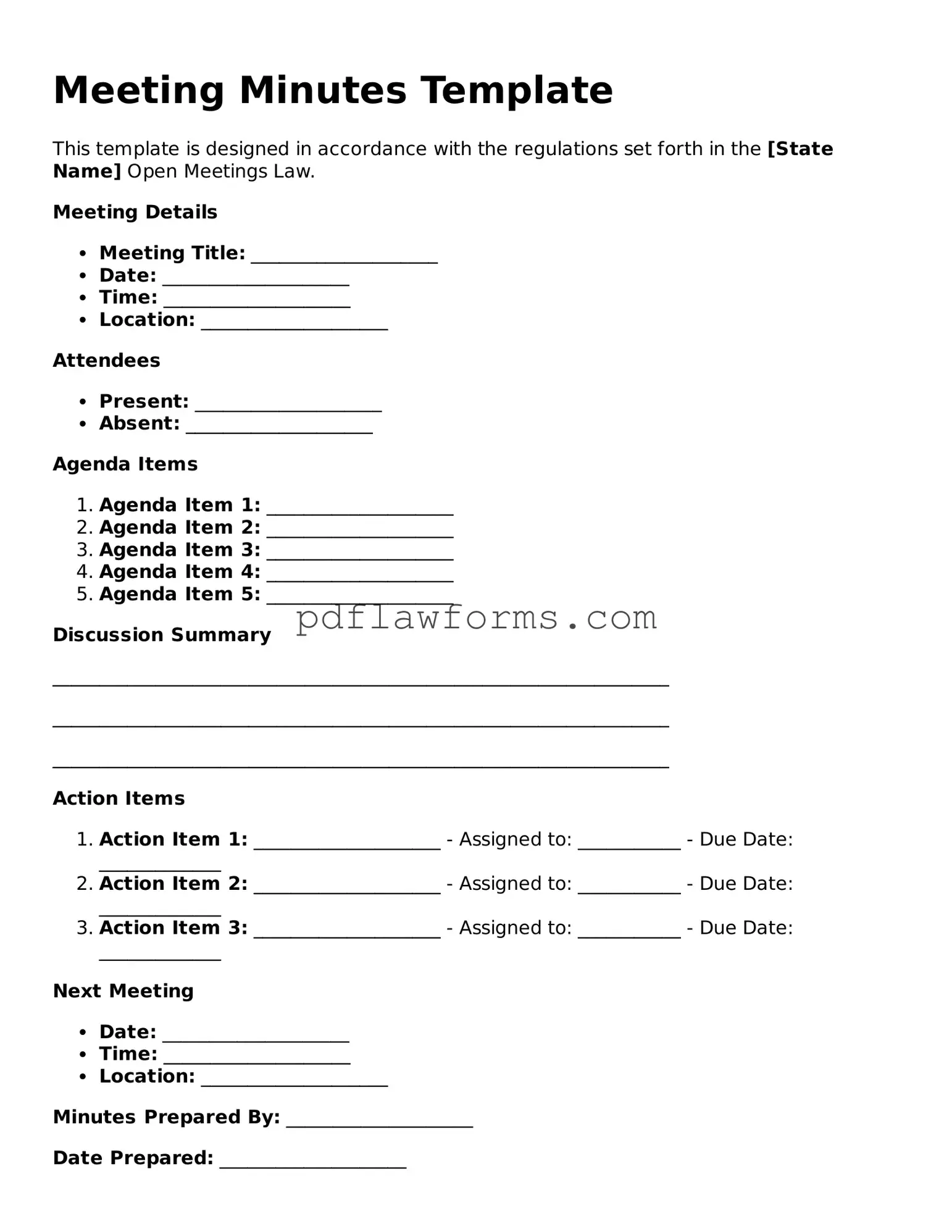Filling out meeting minutes can seem straightforward, but many people make common mistakes that can lead to confusion or miscommunication later on. One frequent error is failing to include essential details like the date, time, and location of the meeting. Without this basic information, anyone reviewing the minutes later may struggle to understand the context of the discussions.
Another mistake is not recording the names of attendees. This omission can create issues when trying to follow up on action items or decisions made during the meeting. It's important to capture who was present, as well as who was absent, to provide a complete picture of the meeting's dynamics.
Sometimes, people rush through the minutes and fail to summarize discussions effectively. Instead of capturing the essence of what was said, they may jot down fragmented notes that lack clarity. This can lead to misunderstandings about what decisions were made or what actions need to be taken.
Additionally, using vague language can be a significant pitfall. Phrases like "we discussed" or "it was decided" without specifics leave room for interpretation. Instead, it’s better to clearly state what was discussed and any decisions that were made, including who is responsible for follow-up actions.
Another common mistake is neglecting to review the minutes before finalizing them. A quick proofread can catch errors or omissions that could confuse readers later. Typos or incorrect names can undermine the credibility of the minutes, making them less reliable as a reference.
People often forget to distribute the minutes promptly after the meeting. Delaying distribution can result in lost momentum on action items or decisions. Sending the minutes out soon after the meeting ensures that everyone is on the same page and ready to move forward.
Lastly, failing to save and archive the minutes properly can lead to lost records. It’s crucial to have a system in place for storing meeting minutes so that they can be easily accessed in the future. This practice not only helps in maintaining accountability but also serves as a valuable resource for future meetings.
